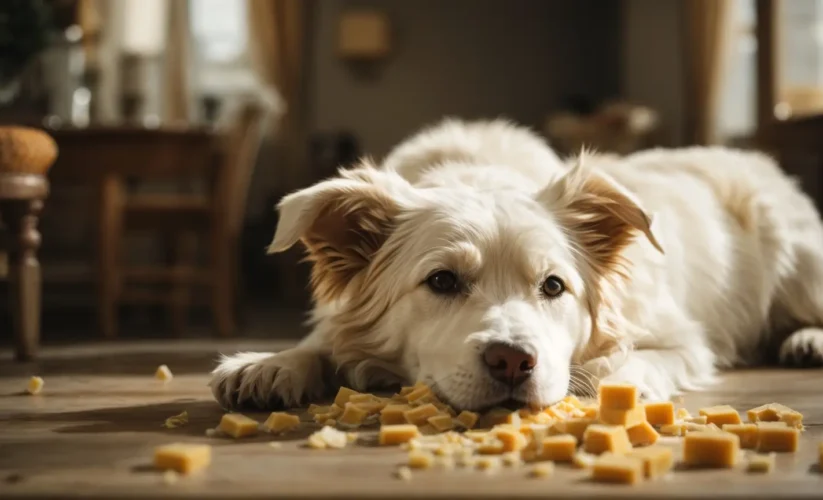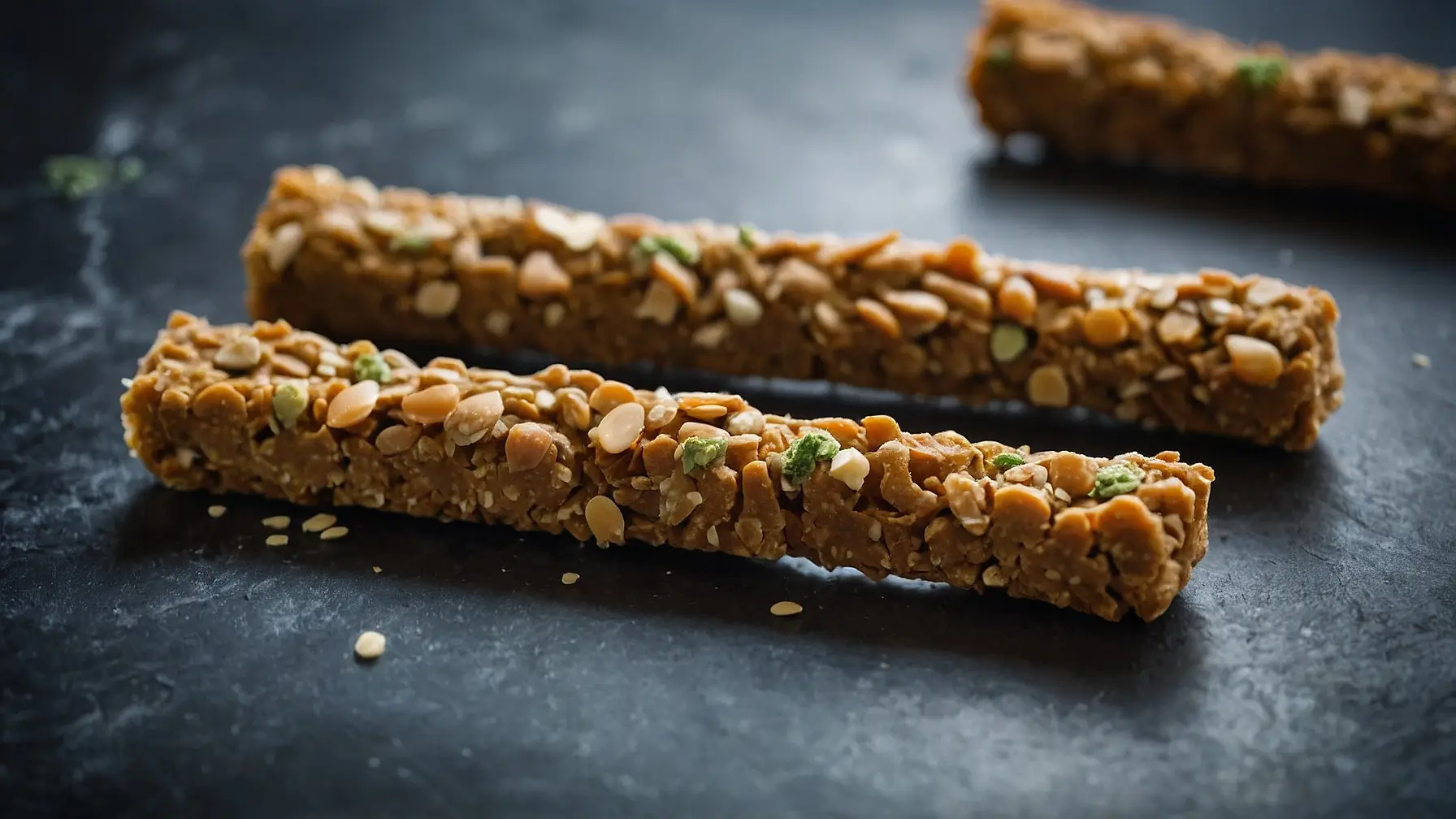Can dogs eat black rice?

As an avid dog lover and experienced dog blogger, I’ve always been intrigued by the diverse diet options available for our furry friends. One particular question that often arises is “Can dogs eat black rice?” This food item, known for its nutty flavor and high nutritional value, is a staple in many human diets, but its suitability for dogs is a topic of interest. In this comprehensive guide, we delve into the world of black rice and its impact on canine health. We’ll explore whether black rice is beneficial or potentially harmful to dogs, compare it with other rice varieties, and offer final thoughts to help you make informed decisions about your dog’s diet. This article is not just a simple yes or no answer but a journey through nutritional facts and health implications, ensuring that as a responsible dog owner, you have all the information you need regarding “Can dogs eat black rice?
Is Black Rice Good for Dogs?
Black rice, often referred to as ‘forbidden rice,’ is packed with nutritional benefits that can be advantageous for dogs. This whole grain is a rich source of antioxidants, particularly anthocyanins, which are responsible for its unique color. These antioxidants can help combat free radicals, potentially reducing the risk of chronic diseases and supporting overall health. Additionally, black rice is a good source of dietary fiber, aiding in digestion and promoting a healthy gut in dogs.
What sets black rice apart from other grains is its impressive vitamin and mineral content. It contains significant amounts of vitamin E, iron, and magnesium, nutrients essential for maintaining a healthy immune system, strong bones, and overall vitality in dogs. Moreover, black rice has a lower glycemic index compared to white rice, making it a better option for dogs with diabetes or those prone to obesity, as it releases sugar more slowly into the bloodstream.
However, it’s crucial to remember that dogs are primarily carnivorous, and their diet should be protein-focused. While black rice can be a healthy addition, it should only be a small part of their overall diet. It’s best served cooked and plain, without any added spices or seasoning that could be harmful to dogs. Portion control is key, as overfeeding grains can lead to weight gain and other health issues in dogs.
Is Black Rice Bad for Dogs?
While black rice can offer health benefits, there are potential downsides to consider. The primary concern with feeding black rice to dogs is its high carbohydrate content. Dogs have a limited ability to digest complex carbohydrates efficiently. A diet high in grains like black rice can lead to digestive issues such as bloating, gas, and diarrhea, especially in dogs with sensitive stomachs or grain allergies.
Another point to consider is the presence of arsenic in rice, a naturally occurring element that can be harmful in high amounts. Black rice, like other rice varieties, can contain trace amounts of arsenic. Long-term consumption of arsenic, even in small quantities, can pose health risks to dogs, including kidney damage and gastrointestinal problems. Therefore, it’s essential to source black rice from reputable suppliers and serve it in moderation.
Additionally, black rice’s dense nutritional profile means it’s also higher in calories compared to other rice types. This caloric density can contribute to obesity if not properly managed, especially in less active or older dogs. Portion size and frequency are crucial factors to monitor.
For dogs with specific health conditions, such as diabetes or obesity, consulting with a veterinarian before introducing black rice into their diet is advisable. They can provide tailored advice based on the dog’s health history and nutritional needs, ensuring that the inclusion of black rice is beneficial and not detrimental.
Are Other Rice Types Safe For Dogs?
When considering rice for dogs, it’s important to look beyond black rice and examine other common varieties, such as white, brown, and red rice. Each type has its unique nutritional profile and implications for canine health.
White rice is the most processed form, with the bran and germ removed, resulting in lower fiber and nutrient content. However, its simplicity makes it easily digestible, often recommended for dogs with upset stomachs or gastrointestinal issues. Its quick energy release can be beneficial in these cases but may not be suitable for long-term feeding, especially for overweight or diabetic dogs.
Brown rice, on the other hand, is a whole grain like black rice, retaining its bran and germ. This means it’s higher in fiber, vitamins, and minerals. It’s generally a healthier option than white rice for dogs, supporting digestion and providing sustained energy. However, like black rice, it’s more calorically dense and can be harder to digest for some dogs.
Red rice, although less common, is another nutritious option. It’s similar to brown rice in terms of fiber content but has a unique antioxidant profile due to its pigmentation. However, as with all rice types, it should be given in moderation and as part of a balanced diet.
In summary, different rice types can be safe for dogs, but their suitability depends on the individual dog’s health, dietary needs, and activity levels. It’s always best to consult with a veterinarian before making significant changes to your dog’s diet.
Final Thoughts
In conclusion, black rice can be a healthy addition to a dog’s diet when served in moderation and as part of a balanced nutritional plan. Its antioxidant properties and nutrient-rich profile offer potential health benefits, but its high carbohydrate content and caloric density require careful portion control. Like all foods introduced into your dog’s diet, it’s important to observe your pet’s reaction and adjust accordingly.
Comparatively, other rice varieties like white, brown, and red rice also have their place in a canine diet, each with its specific benefits and considerations. The key is to understand your dog’s individual health needs and dietary restrictions, tailoring their diet to support their overall well-being.
As dog owners, our primary goal is to provide the best for our furry companions. Incorporating a variety of foods, including healthy grains like black rice, can contribute to a well-rounded diet. However, remember that moderation, quality sourcing, and a focus on a meat-based diet are fundamental. Always consult with a veterinarian when in doubt, ensuring your dog’s diet supports their health and happiness.










